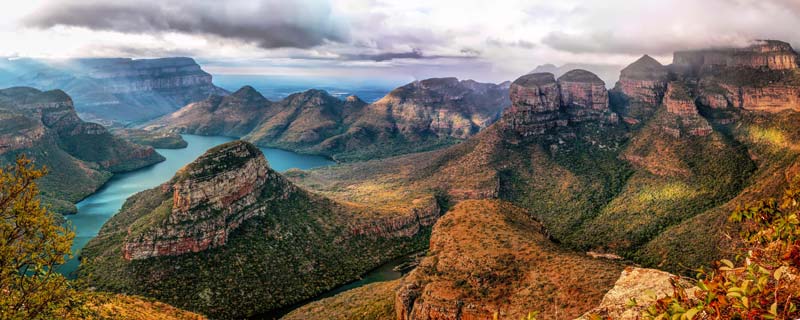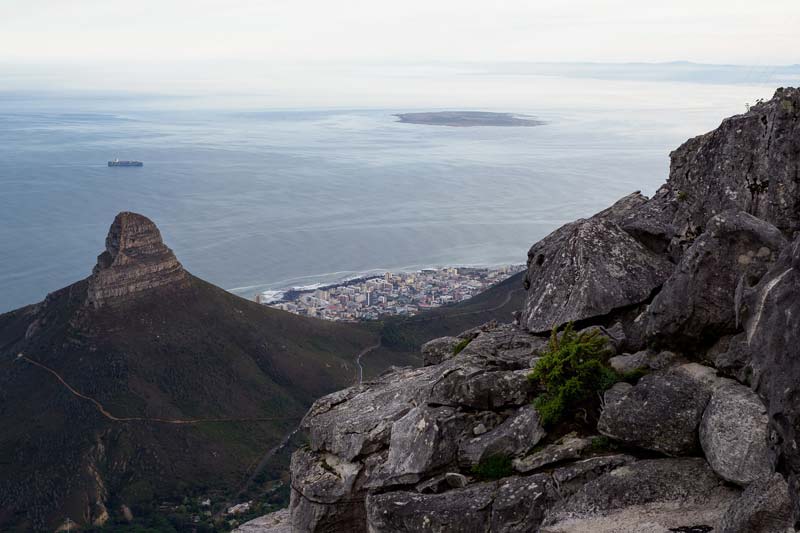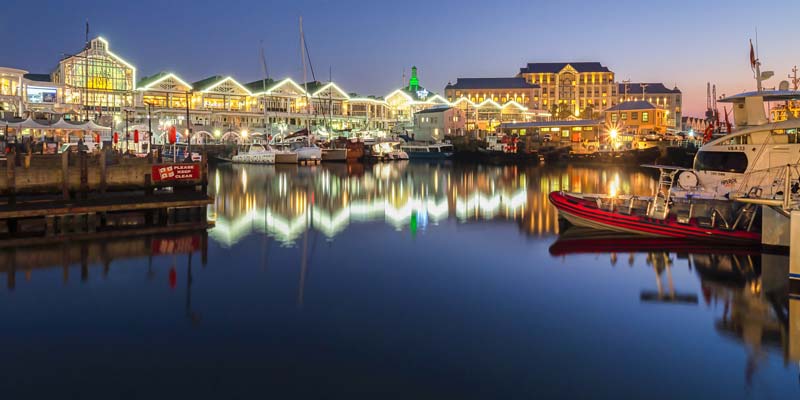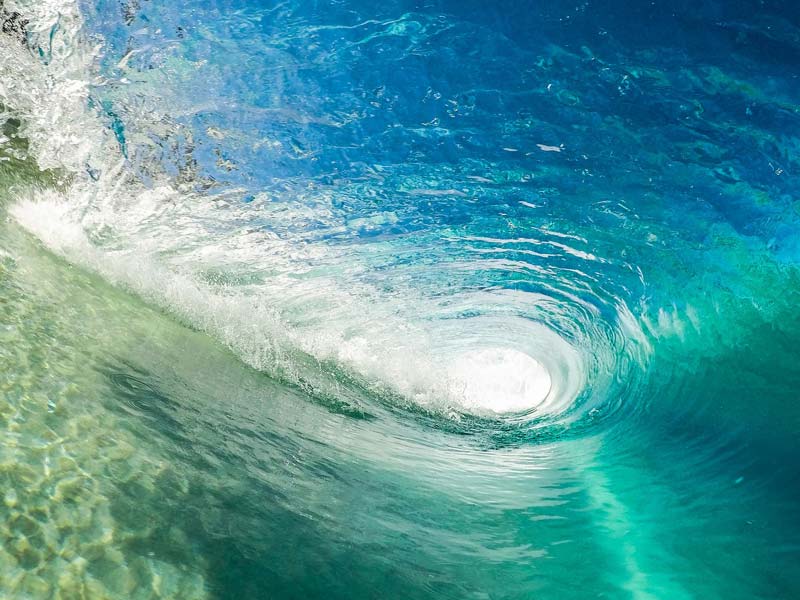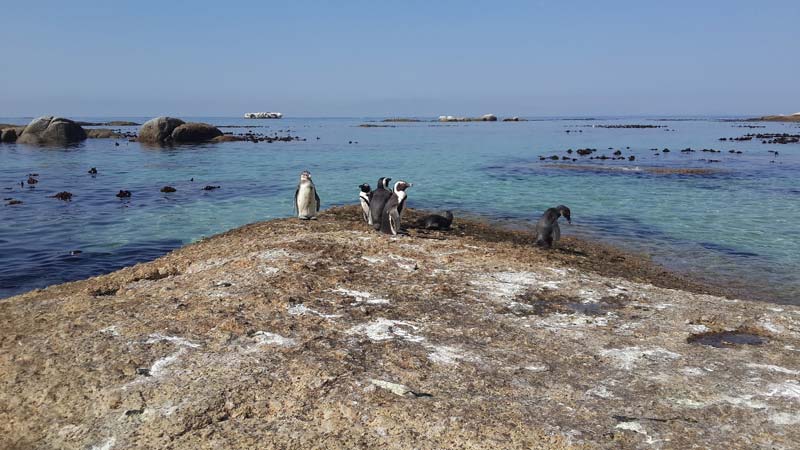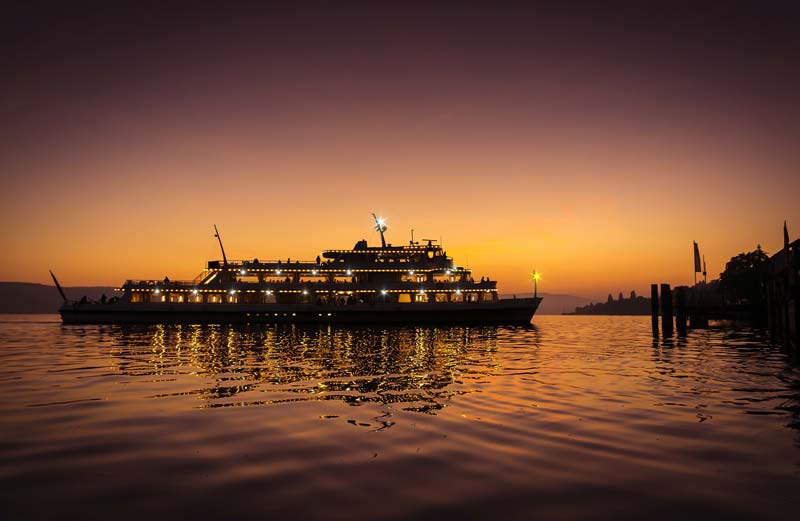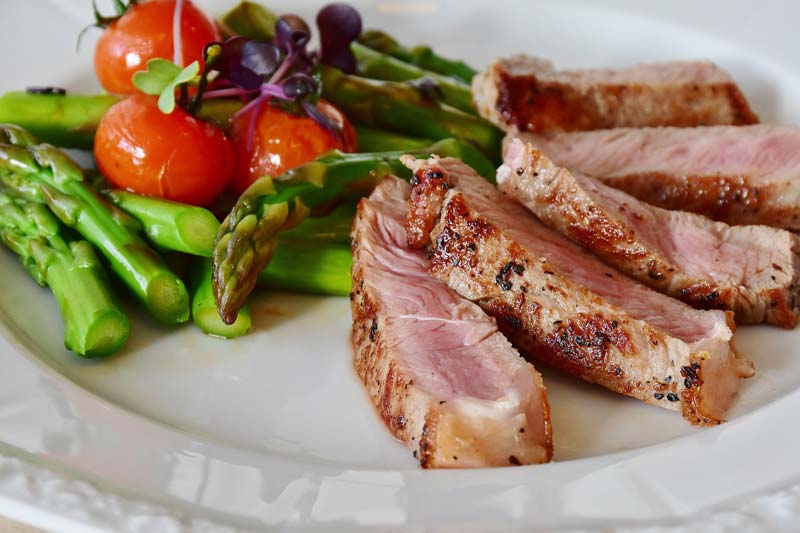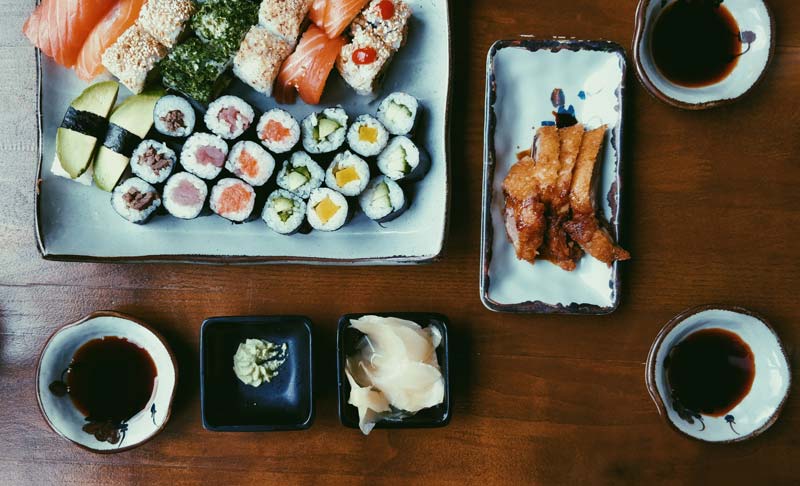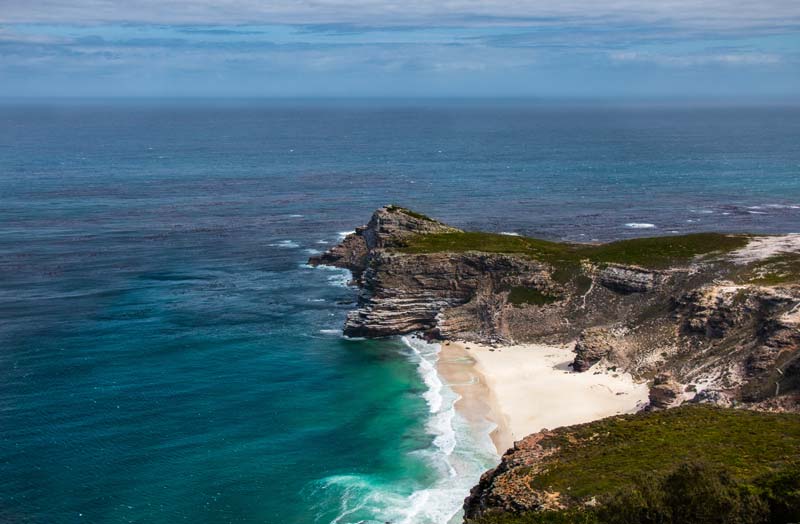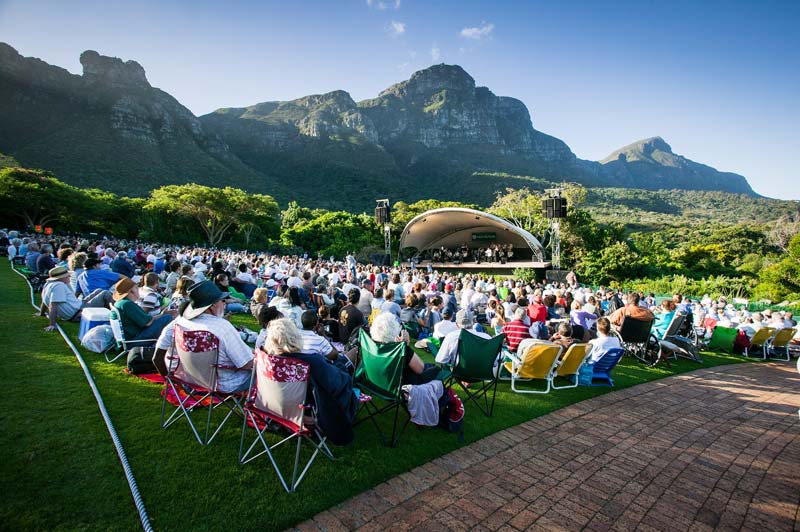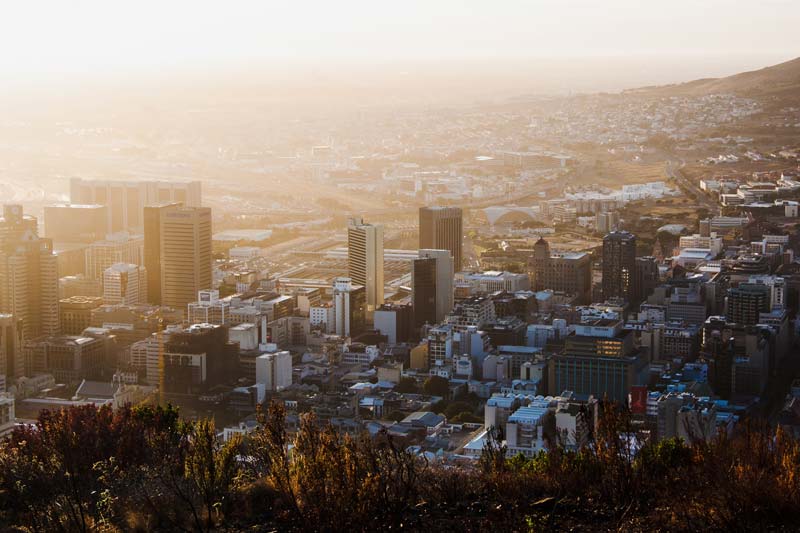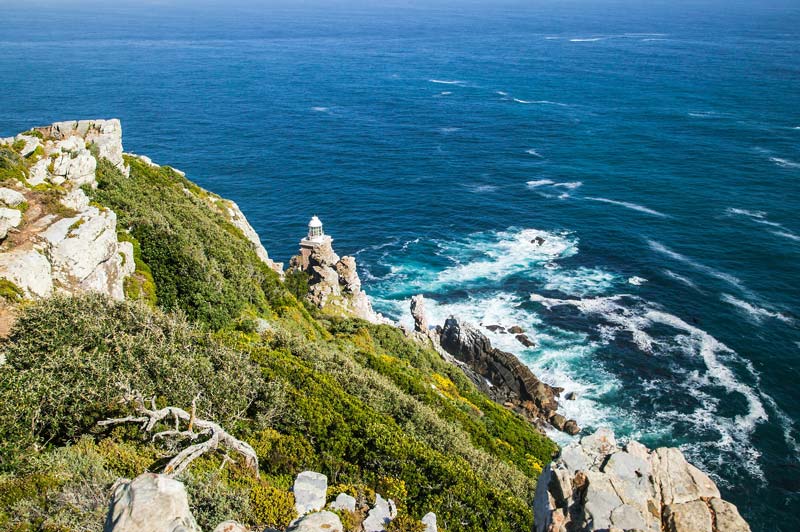Cape Town — everything you need to know about South Africa’s mother city
Cape Town is South Africa’s most popular tourist destination and it is not difficult to understand why. The vast blue ocean with white sandy beaches, majestic mountain ranges and rich biodiversity is easy to fall in love with.
As is typical with a city this popular, Cape Town has much to offer to the visitors and sometimes the information can be overwhelming.
Where should you begin? What shouldn’t you miss? Well, we’ve categorized the most important things to do in Cape Town to help you make a decision on where to start! Read on before finalizing your itinerary!
Popular Tourist Attractions
Although the whole of Cape Town is basically a tourist attraction, there are a few specific things that people will travel for. While in Cape Town it would be silly not to go to the effort of seeing everything you can possibly see, because that’s the thing about Cape Town — it doesn’t matter how much time you spend there, the chances are excellent that you won’t see everything the mother city has to offer. If you are strapped for time and have only a few days available, we recommend making time for at least the following three popular attractions:
Table Mountain
Table Mountain is probably the most iconic landmark in all of Cape Town. Named aptly after its flat top which runs just over 2 kilometres, Table Mountain is visited by millions of people yearly.
At least 1 million of them take a trip to the top of the mountain, making use of the Table Mountain Aerial Cableway. This trip takes between 4 and 5 minutes from the bottom of the mountain all the way to the top, covering a vertical distance of 765 meters.
The plant life on and around Table Mountain is the richest in the area and consists mostly of what is locally called fynbos – shrub-like plants of a rich variety. South Africa’s national flower, the King Protea grows uninhibited and covers the mountain like a pink blanket during its flower season.
Animals are also fond of the region and the most densely populated of these around the top of the mountain is definitely the Dassie. Dassies are small rodent-like animals that quickly became accustomed to the human visitors on the mountain. The constant frequent human interaction transformed them into sneaky beggars that will snatch your food right from your hands if you’re not careful!
Besides the dassies, the mountain hosts porcupines, a variety of snakes and lizards, tortoises, some deer and a rich birdlife. In earlier years it would be common to spot a member of the cat family in the vicinity, but due to extinctions and growing populations this is not so common anymore.
Robben Island
Robben Island is best known for the fact that it housed South Africa’s former president, Nelson Mandela during his imprisonment for 27 years until his release in the 1990s. The island is 6.9 km off the west coast of Cape Town and covers an area of just over 5 km2.
Originally, Robben Island was used to house farm animals, as it offered more protection against the elements than the mainland. Since the 1800s though, the island became a political tool when it started being used to isolate political criminals.
During World War II the island was fortified and formed part of South Africa’s defence system. Since the 1960s the island was used as a prison by the old apartheid government of South Africa. As a result, the prison housed 3 former South African presidents: Nelson Mandela, the most popular and well-known; Kgalema Motlanthe and Jacob Zuma. The last prison was closed down in 1991, a few years before the fall of the apartheid government.
The island then became a global tourist attraction, currently operating as a museum and was even declared a World Heritage Site. The island is accessed through a ferry that departs from the equally popular V&A Waterfront, which we’ll get to next.
The ferry trip lasts about 45 minutes, after which visitors explore the island with the help of tour guides — many of whom were imprisoned there! The island now offers tourists many points of interest to visit, shipwrecks to view, and of course, the guided tours through the prisons.
V&A Waterfront
The V&A Waterfront is situated at the heart of Table Bay Harbour, Cape Town’s working, busiest and oldest harbour. In 1654 Jan Can Riebeeck, who was the first European to set foot on the continent, built a refreshment station right next to the ocean. It was meant to be a stopover point for other ships travelling far distances; a haven where fresh food and water may be found.
When gold was discovered in South Africa, the harbour had to be expanded to house the influx of ships and visitors. Finally, in 1988 the area was named the V&A Waterfront and was rezoned to include residential and retail property centred around the harbour.
Today, the V&A Waterfront sees more than 24 million visitors annually, houses more than 1500 people permanently and provides jobs to more than 20 000 local South Africans. The city-within-a-city boasts with luxury hotels; comprehensive conference venues; more than 450 retail outlets; more than 80 restaurants and a staggering list of options to keep yourself busy.
The V&A Waterfront aims to satisfy the adventurer with boat cruises, helicopter rides, cycling routes and diving tours. It also caters to the culturally inclined with its various museums, while there are activities for kids, aquariums and open-top bus tours to sightsee the city.
The usual amenities are also provided for, ranging from doctors and pharmacies to banks and postal facilities. With up to 180 000 daily visitors, it can be understood why the V&A Waterfront is sometimes seen as the beating heart of the city.
Cape Town’s hidden gems
Sometimes the typical tourist attractions are so busy that it becomes unpleasant to visit them. Or maybe you just like going for something that is a bit more out of the ordinary.
Throughout Cape Town, if you know where to look, you will find many hidden gems offered by the city. From small food stalls hidden in alley ways, to marvellous architecture hidden from the naked eye, Cape Town is a city with many layers. If you have time to discover some true treasures, make some time for at least one of the following:
The water tunnels
Hidden underneath the City of Cape Town run the water tunnels. Back in 1652, Dutch settlers who arrived in the Cape began digging canals to create access to fresh water throughout the city. In later years the canals were covered up and there are different stories doing the rounds about what happened. Some say that the canals became a health risk; others say it was adapted to transport sewerage from the city into the ocean. Whatever the truth may be, by 1870 most of the canals had been turned into tunnels and by the 1880s the tunnels had been forgotten. They were rediscovered in the early 1900s when a gas build-up in one of the tunnels caused a gas explosion. Today the tunnels guide water from Table Mountain and the surrounding region into the ocean.
One of Cape Town’s lesser-known treasures, the tunnels can be toured to show off its sturdy and remarkable architecture. It promises for a fun day out, with the tour starting off by descending into the tunnels through a manhole. The 3-hour tour is facilitated by a knowledgeable guide who educates his group on the history and technicality of the underground water tunnels. Be ready to get wet though – the tunnels are said to transport millions of litres of water every day!
Stony Point Nature Reserve
If you’re into nature, you’ll soon realize that an important part of appreciating the wildlife in South Africa requires you to simply sit, and watch. The Stony Point Nature Reserve is one of those places where time stands still and you are allowed to lose yourself in nature for a refreshing recharge. The reserve is located in Betty’s Bay in the Overberg and is a habitat to a variety of bird species, in particular the African Penguin. Visitors can view the penguins in their natural habitat, going through their day unbothered by the watchful eyes and without any disturbances.
Also housed in the reserve are three bird species considered as endangered; the Bank; Cape and Crowned cormorants, and also the White-breasted cormorant, which is considered as rare. The reserve focuses its efforts on creating and maintaining an environment that these species can thrive in and this is why no interaction with the birds or disrupting their normal routines is allowed.
Sunset boat cruises in Gordon’s Bay
The sunsets in Cape Town are beyond anything you’ve witnessed in nature and there’s no better way to end a day in the mother city than going on a sunset cruise. The Gordon’s Bay area offers exclusive sunset cruises and it promises to be unforgettable. The tours often include sightings of whales and dolphins, two of the five members of the so-called marine big 5 (the other three are sharks, seals and penguins). Your tour can range from one to three hours, depending on your preference and the sunset is the perfect conclusion.
Good, Local Food
A great part of visiting South African’s coast is to see the different food influences that have led to South Africa’s local cuisine. Being a coastal town, there is hardly any other place in the country that boasts with such a wide variety of fresh seafood. Local and international chefs have fallen in love with this, which means that Cape Town is populated with some of the best restaurants in the entire country! If you’re a typical foodie, you’ll need some information to guide you to the best that Cape Town has to offer. Here is all you need to know about the best restaurants in Cape Town.
Codfather Seafood and Sushi, Camps Bay
Camps Bay is known best for its long beaches with fine white sand, swimming in pools formed by natural rock formations and viewing the Twelve Apostles mountains. However, since 1998 another name has been creating fame for Camps Bay — The Codfather Restaurant.
The restaurant is unique, because it takes a different approach to eating out altogether. Instead of creating menus with preset meals, the restaurant operates very similar to a fish market. Waiters guide guests through displays of the freshest seafood available, ranging from calamari, salmon and swordfish to prawns and crayfish. Once guests have made their selections after being explained factors like flavour, texture and price, the food is freshly prepared and served immediately. Other food is also available and includes sushi, chicken and vegetarian meals.
The Codfather has been around for 20 years, yet it has never done marketing of any kind. It relies on word of mouth from its patrons, letting new guests know that they operate at a different standard.
The Test Kitchen, Woodstock
Situated in Woodstock, The Test Kitchen is the result of a long and successful journey by British-born chef Luke Dale-Roberts. The chef has completed training in Europe and opened various restaurants throughout Asia — a testimony to his mastery of a variety of tastes.
Since his arrival in South Africa in 2006, Chef Luke has won many awards that attest to his skills, including the title Chef of the Year in 2011. In 2010 he opened The Test Kitchen, where he could have free reign over the food he wanted to make. The Test Kitchen is aptly named, because that is exactly what chef Luke uses it for. Innovation is the word of the day and it is constantly evolving.
The Test Kitchen placed 2nd in 2011 in the category Restaurant of the Year in South Africa’s DSTV Food Network Restaurant Awards and in 2012 it was awarded first place. The food at The Test Kitchen ranges from local cuisine to heavy international influences, ranging from India to Ethiopia. If you want to challenge your taste buds, this would certainly be a good place to start!
The Greek Fisherman, V&A Waterfront
Of course it would be wrong to exclude The Greek Fisherman, the oldest restaurant in the V&A Waterfront in Cape Town. Established in 1992 the restaurant was one of the first when the waterfront was redone and renamed and still has the same owners. The restaurant also boasts winning the International Trophy for Quality.
Being so close to the harbour’s loading docks, The Greek Fisherman has access to the freshest seafood straight from the ocean and part of the special experience of dining there, includes having your fresh seafood roasted in front of you over a charcoal fire. Add to that the glorious view of Table Mountain, the bustling of the harbour and the beautiful scenery; it isn’t difficult to understand why The Greek Fisherman is so popular.
The food is typically Greek, as the name would suggest, but it has been modified over the years to keep up with the changing pace. With enough options to feed the pickiest of eaters, this restaurant should be top of your list when visiting the V&A Waterfront.
Exploring South Africa’s Different Cultures
As you can see, South Africa is a culmination of many different kinds of cultures. With such a diverse history of different cultural influences, it is quite understandable that South Africa calls itself the Rainbow Nation. After a difficult struggle to independence and recognition for all, South Africans display their different cultures with pride and there are many efforts circled around memorializing and/or retaining the different traditions, heritage and knowledge. To view a glimpse of what South African culture is all about, make sure you visit one of the following places:
Gang culture in Kayelitsha
Cape Town has many local gangs and the Numbers gangs have gained some international recognition too. The gang life is flourishing in Cape Town and with its growth, a new culture has emerged. Khayelitsha is Cape Town’s biggest and fastest growing townships and finds itself home to numerous Cape Townian gangs.
A few local youths decided that they’ve had enough of the gangs and the terror that surrounds them and they opened 18 Gangster Museum. The museum is an attempt to curb gangsterism while providing job opportunities to those who were previously involved in these gangs. These ex-offenders act as tour guides, firstly because they understand the gangster life and secondly, because it gives them a chance to redeem themselves and make a difference in their own community. They teach visitors about the history of these gangs, the root causes of gangsterism and how it negatively impacts the youth’s lives.
Instead of viewing the gangster life first-hand on the street, rather visit the 18 Gangster Museum for a much less dangerous, but still equally impactful experience. Every visitor that pays for entry to the museum sponsors a local child’s entrance to the museum, and that is how the 18 Gangster Museum tries to change the community.
Bo-Kaap
Formerly known as the Malay Quarter, the Bo-Kaap was previously an area used to solely house the slaves that the Dutch imported from Malaysia and Indonesia — from there the name. Most of the slaves were Muslims; so many temples were built over the years, the most well-known in today’s time being the Nurul Islam Mosque. When slaves were liberated in 1834, the area was turned into a residential area, with houses to rent. In 2019, a few areas within Bo-Kaap were declared as National Heritage Sites.
Today, property in the Bo-Kaap is much sought after due to its picturesque surroundings and the pastel colours the houses were repainted with. Due to many outsiders moving into the area, much of the cultural richness has gone lost over the years.
To commemorate this, the Bo-Kaap Museum was built, where the efforts of the various Malaysian and Indonesian tribes are recognized and celebrated along with their contribution to culture in Cape Town. Inside the museum, the building is maintained to mimic the home of a typical average Cape-Malay family, with photographs depicting earlier days in the area. Another rich cultural spot that will add significant value to your trip!
!Khwa ttu San Culture & Education Centre
The San were a people that lived in Africa long before any other tribes ever set foot on its shores. With it being the oldest culture on the continent, it is important to memorialize their culture, the heritage they left and also, the knowledge they had.
In 1999 Swiss anthropologist Irene Staehelin bought a farm off the West Coast of Cape Town and turned it into a San culture and educational centre, a living museum where the San’s way of living can be remembered and showcased. During a tour of about 3 hours, visitors can share in the San’s knowledge; how to track animals, how to interpret and predict the weather and which plants are foods and medicines. The farm houses a replica of a traditional San village where visitors are taught some of the San language and can learn more about the San culture.
If you like exploring rich cultural heritage sites with cultures and traditions older than most men can remember, plus you enjoy the South African nature scenes, this is simply a place you cannot miss!
Cape Town’s spectacular nature life
Probably one of the first reasons why foreigners visit South Africa is due to its incredible nature. South Africa offers beautiful landscapes with picturesque scenarios, majestic animals and a rich bird life. The richness of the biodiversity of South Africa makes it unique and after seeing pictures of the landscape, it is difficult to resist visiting the country in person. Cape Town is no different here and the coastal scenarios and activities are spectacular. If you like being in nature and being active, the following places simply cannot be missed!
Lion’s Head
Lion’s Head is a sharp-pointed mountain situated between Table Mountain and Signal Hill. It was named Leeuwen Kop (Lion’s Head) by the Dutch in the 17th century and the name stuck around ever since. The peak of the mountain is at nearly 670m high and forms part of the Table Mountain National Park. Together with Signal Hill and Table Mountain, Lion’s Head forms an iconic backdrop to Cape Town city. The mountain is covered in the same fynbos as Table Mountain, with three vegetation types being endemic to Cape Town and cannot be found anywhere else. A variety of small animals roam the mountain tops, as some developments have started over the years towards the bottom of the mountain.
As a nature enthusiast, you’ll be glad to know that visitors are able to hike up Lion’s Head. With a trail winding around the mountain, hikers can make their way to the top of the mountain within 2 to 3 hours. The scenery along the way already makes the hike worth the effort, but once you get to the top of the mountain, you’ll be happy for it. The scenic view from the top of the mountain includes vast areas of the ocean and equally vast areas of the Cape Townian landscape. It is not a difficult hike and at full moon, a special hike is undertaken due to the moon’s light being sufficient enough to light the way for nightly travellers.
Kirstenbosch National Botanical Garden
The Kirstenbosch area has ample proof of earlier civilizations living in the area. A strong presence of the Stone Age man is indicated and by the time the Dutch first set foot on the continent, the Khoikhoi people were already around for at least 2000 years. The area of Kirstenbosch had initially been farmland to the Dutch colonizers, until the untimely death of its then owner, Cecil John Rhodes. He left the land to the government and it was only after years of neglect and ruin that the land was earmarked for the purpose of a botanical garden. The garden was developed and built over the course of several years into the beautiful and popular landscape it is today.
The Garden is next to Table Mountain National Park and therefore shares much of the same fynbos species so typical to the region. The bird life is abundant in the Garden and more than 125 recorded species call the garden their home. The Garden offers a rich, but shy wildlife, with most animals only coming out at night. There are guided tours, hikes and a cycling route available to explore the Gardens.
Cape Point
Still around the Table Mountain National Park, we now move to the section referred to as the Cape of Good Hope. This section of the park covers about 20% of the Cape Peninsula, basically its entire southern tip, and is mostly unspoilt to serve as a safe haven for seabirds. Situated at the southeast corner of the Cape Peninsula is Cape Point, a majestic cliff rising up from the ocean.
Before anyone made landfall in Africa, the point was used by sailors in the 15th century as a landmark and the stormy weather of the area meant that Cape Point was soon respected. Just before the 18th century, a lighthouse was built atop the mountain. This lighthouse can still be accessed today and is actually being used as a monitor for all lighthouses on the coast of South Africa. In 1914 a new lighthouse was built at a lower altitude and is considered one of the most powerful lighthouses on the South African coast.
Today, Cape Point has become a popular tourist attraction and is still seen as a landmark. The Point itself can be accessed through the National Park, although strict times and seasonal rules may apply.
As you can see, there is much to do in Cape Town and it seems like there might never be enough time to explore all there is to see. We hope that our guide will help you decide what you need to prioritize. Let us know if we’ve missed any important places!
Hello everyone, I am the main writer for SIND Canada. I’ve been writing articles for more than 10 years and I like sharing my knowledge. I’m currently writing for many websites and newspaper. All my ideas come from my very active lifestyle. I always keep myself very informed to give you the best information. You can contact me on our contact page or by email at: info@sind.ca.



